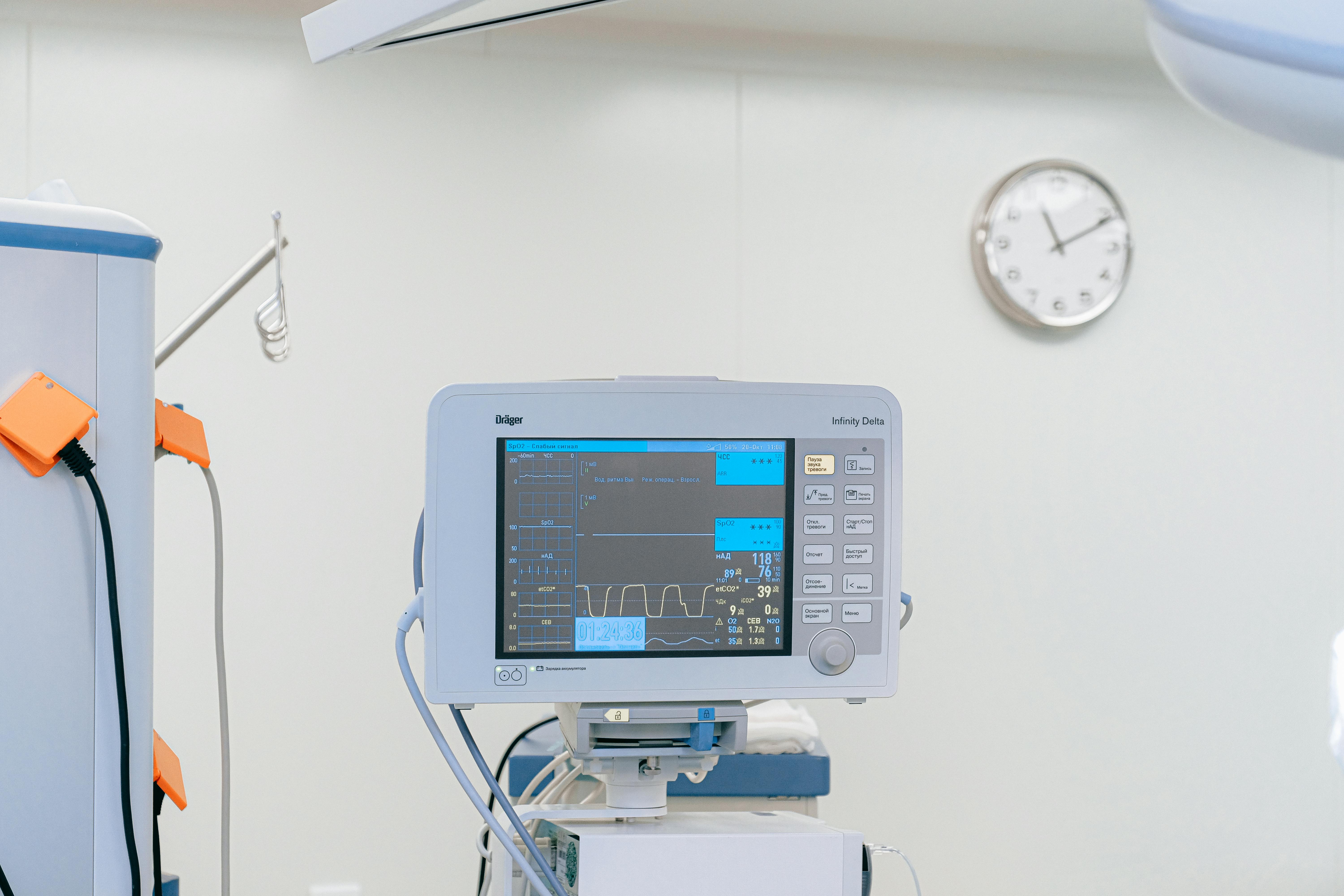Harris Park is set to become a dazzling tourist hub celebrating Australia’s South Asian communities after City of Parramatta secured a $3.5 million Australian Government grant for the project recently.
The grant will fund streetscape beautification, including a South Asian inspired ‘welcome gate’, street furniture, upgrading lighting and the installation of culturally themed decorative lights along Wigram Street, Marion Street and Station Street East.
City of Parramatta Lord Mayor Cr Pierre Esber said the funding would help enhance Little India at Harris Park’s growing global reputation.
“We’ve been working closely with the community to shape our ideas for the precinct, and we’re excited this funding will now help us bring that vision to life,” Cr Esber said.
“Harris Park is no longer one of Sydney’s hidden gems – it’s now on the world radar. This funding will help create something truly special for our community, enhance the visitor experience and ensure those visitors keep coming back.
“We have a vision for Parramatta to become a global city by 2050 – this funding allows us to work towards that by creating something special for the community and amplifying our cultural hub in Harris Park to become a true tourist destination while continuing Parramatta’s incredible transformation.”
The works will also aim to improve pedestrian safety and increase visitation to Harris Park which will provide a positive impact on local businesses and the economy.
Federal Member for Parramatta, Dr Andrew Charlton, said the funding would unlock Little India’s potential to become a world-class cultural destination.
“We’re finally putting Little India on the world map,” Dr Charlton said.
“For decades, the business community in Harris Park have had a vision to turn Harris Park’s Little India into an international tourist destination. This funding that will help turn their vision into reality.
“Just like Brick Lane in London or the Golden Mile in Leicester, we want to make Little India in Harris Park a world-renowned hub for authentic subcontinent culture.”
Works are expected to be completed in early 2026.







